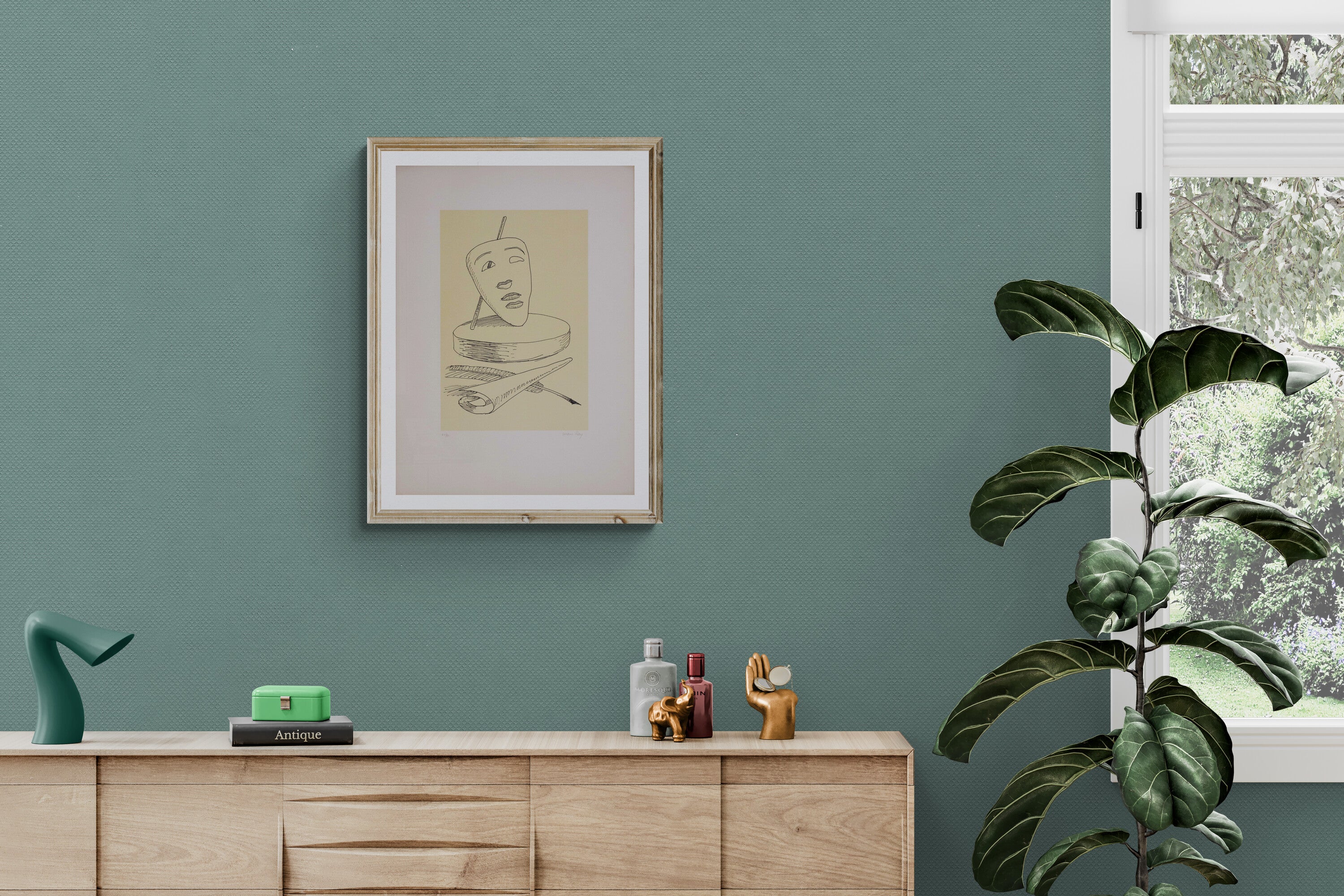Sergio Vacchi biography

Sergio Vacchi was born on April 1, 1925, in Castenaso, a small town near Bologna, to Maria Luisa Barchetti and Giuseppe Vacchi. His childhood was spent between Castenaso and Bologna, where, starting at the age of six, he was sent to live with his aunt Angiolina to attend the Collegio San Luigi of the Barnabite Fathers. Despite his parents' desire to provide him with a solid classical education, Vacchi never forgave their action, feeling abandoned and far from maternal care. Of a solitary and introverted character, he found comfort in reading and developed a strong interest in literature and art.
After finishing classical high school, he enrolled in the Faculty of Law but left his studies after only two exams to dedicate himself to his true passion: painting. He approached art as a self-taught artist and attended for a short period the studio of the painter Garzia Fioresi. In 1946, he rented a studio on via Borgonuovo in Bologna, where he began to develop his own painting style, influenced by the works of Giorgio Morandi and the lessons of Roberto Longhi, an art historian he attended as an auditor at the Faculty of Letters.
In 1951, he held his first solo exhibition at the Galleria del Milione in Milan, curated by his friend and critic Francesco Arcangeli. His early works show the influence of Van Gogh and Picasso's post-cubism, with a strong social commitment. Between 1952 and 1955, he abandoned these influences in favor of a more lyrical naturalism, inspired by Cézanne's views of the Sainte-Victoire mountain, focusing on Po Valley landscapes characterized by natural and dense light.
In 1958, Vacchi began to gain international recognition, participating in the Venice Biennale and the Italian contemporary painting exhibition in Copenhagen. In the same year, he also exhibited at the Contemporaries Gallery in New York. The following year he moved to Rome, where he mingled with important figures in the art and cultural world, such as Ennio Calabria, Renato Guttuso, Federico Fellini, and others. In the sixties, he was appreciated by critics and collectors, including Sophia Loren and Carlo Ponti.
During this period, Vacchi painted three cycles addressing the theme of power: "The Council" (1962), "The Death of Frederick II of Hohenstaufen" (1966), and "Galileo Galilei semper" (1968). These cycles marked his break from Informal art and his commitment to social critique through visionary and grotesque painting. In 1964, the Venice Biennale dedicated a personal room to him, but his works caused scandal, so much so that Cardinal Urbani forbade the clergy from visiting the exhibition.
In 1968, amid social protest, Vacchi began the "Planet Cycle", completed in 1973 with the immense canvas "Finisterre". In these works, the artist took refuge in surreal dreams and visions, populated by men, women, animals, and contorted bodies. In the seventies and eighties, he continued to evolve artistically with cycles such as "The Lustral Pools" (1974), characterized by sensual and erotic content, and "The Rooms of Nekyia" (1983-1986), where he depicted characters in closed interiors, surrounded by few objects.
In 1988, he rediscovered Marcel Proust and created a series of paintings dedicated to the great writer, portraying him in dancing and surreal atmospheres. In the nineties, he continued to work intensely, receiving recognitions such as the "Scipione Prize" for his career in 2002. In 1997, he moved to the Siena area, to the Castello di Grotti, where he founded the Sergio Vacchi Foundation, dedicated to promoting artistic and cultural activities.
In 2001, twelve drawings and a self-portrait by Vacchi were acquired by the Uffizi museum. The artist continued to paint until 2007, when, affected by Parkinson's, he stopped working. In 2015, he received the Sanese d'Argento from the municipal administration of Siena. Sergio Vacchi passed away on January 15, 2016, leaving a rich and varied artistic legacy, a witness to a unique creative path deeply rooted in social critique and formal experimentation.



